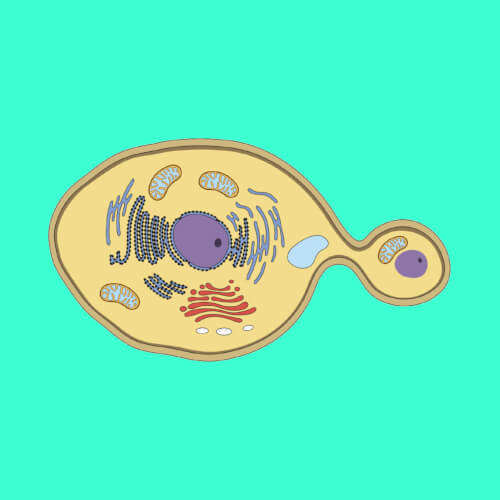



A fungal cell is the basic building block of fungi, the group of organisms that include mushrooms, yeasts, and molds. Fungal cells share some similarities with both animal cells and plant cells, but they also have their own unique features.
Like animal cells and plant cells, fungal cells are eukaryotic cells, meaning they have a nucleus that contains their DNA. However, unlike animal cells and similarly to plant cells, fungal cells have a rigid cell wall made of a substance called chitin. This cell wall provides support and protection for the cell.
Fungal cells have various components, or parts, that carry out specific functions. Here are some of the main parts of a fungal cell:
While plants have cell walls made of cellulose, a type of complex sugar, the cell walls in fungal cells are made of a substance called chitin. Chitin is a tough and flexible material found in the exoskeletons, or hard outer coverings, of insects and crustaceans (like lobsters).
Fungal cells have a unique way of obtaining food. Instead of directly eating their food like animals do, fungal cells secrete special enzymes that break down complex organic matter into smaller molecules. Then, they absorb these smaller molecules through their cell walls, allowing them to extract nutrients and energy from their surroundings.
Fungal cells have the incredible ability to send chemical signals to other neighboring cells, allowing them to coordinate their actions and work together as a group. This communication system helps fungi form intricate networks of branching structures called mycelium.
This communication allows fungal cells to share nutrients, warn each other about potential dangers, and even collaborate in finding new food sources.